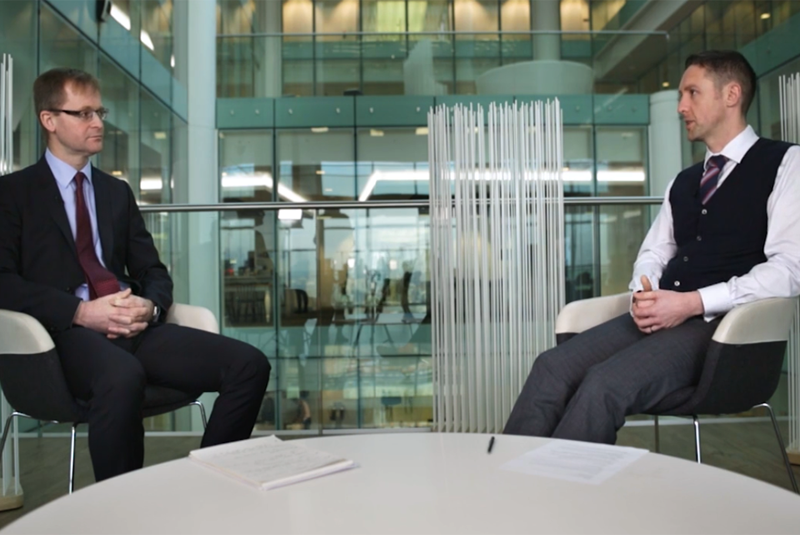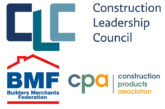
Specialist health and safety consultancy Southalls and international law firm Gowling WLG, are warning medium sized builders’ merchants (£10-£50m turnover) of the significant fine risks they may face on the first anniversary of the new health and safety sentencing guidelines this month.
Since the new guidelines were introduced a year ago, there have been an unprecedented number of sanctions and fines for breaching the Health and Safety at Work Act (1974). It has now become commonplace to see fines of more than £1m for non-fatal cases for example, which previously would have been dealt with in a magistrates’ court.
Andrew Litchfield, Partner, Gowling WLG, discusses the impact of the new guidelines: “A major factor in the size of these sentences is the turnover of the defendant organisation. What we’re seeing currently is a disproportionate effect on medium sized organisations, rather than those with a turnover in excess of £50m for example.
“For very large organisations the sentencing guidelines do not include sentencing tables, and we have yet to see commensurate fines for the largest businesses. The highest industry fine so far was to Travis Perkins for £2 million after the death of a customer in Milton Keynes — this may well encourage the Courts to set even higher penalties.
Andrew continues: “The purpose of the sentencing is to remind offending business owners and shareholders that they simply cannot break health and safety legislation — it’s got to hurt, that’s the point of the sentence. It is our belief that it is only a matter of time before we see fines in excess of £10m.”
Many more individuals are also being investigated and prosecuted far more frequently for Health and Safety offences. According to an IOSH report published last month, ‘in 2015-2016, 46 company directors and senior managers were prosecuted under health and safety law, compared to an annual average of 24 in the five previous years’.
The intention of the new sentencing health and safety guidelines is to make sentencing more transparent; judges have a series of steps they must follow to arrive at the ultimate sentence. As it is possible for businesses to see which category they fall into based on their turnover, they can then work out what a possible fine may look like. The logical decision therefore, is for businesses to invest time and funds up front reviewing their procedures to prevent an incident occurring.
John Southall, Director at Southalls explains: “When you are putting in possible outcomes in a risk assessment, say the risk of injury, if you err on the side of caution and state that an outcome is ‘death’ from falling down the stairs. If the HSE investigates the incident, you may be setting yourself up for a significant fine. It’s very difficult to argue that you’re not in Harm Category 1 according to the guidelines, if your own risk assessment contains that conclusion.
Andrew continues: “Risk assessment and safe system of work documents therefore, must reduce risk and help to prevent the accident happening in the first place. They must be practical and realistic too. Culpability is important here, making sure the control measures are actually being followed through properly.
“If you can show that you have discharged that duty and that you are working towards a recognised industry standard then that’s even better. Failing to respond to complaints or near misses would put a business in the higher culpability bracket. If unsure you must seek professional guidance.
“Businesses must review the systems they have in place to identify and manage risk. Do they accurately reflect current business practice and are they being operated on the ground? Prevention is going to be far less costly than trying to deal with it once it has gone wrong.”
With builders’ merchants having to manage far more health and safety issues than most other retailers, the importance of full compliance is particularly important for both companies and individuals.
So what does this mean for your business and what should be done?
John Southall and Andrew Litchfield recently met to discuss the impact of the new sentencing guidelines on the first anniversary. They consider the implications for business owners and potential fine risks if good Health and Safety practice is not implemented in this exclusive interview.
If you would like to know more, then watch the video below.









